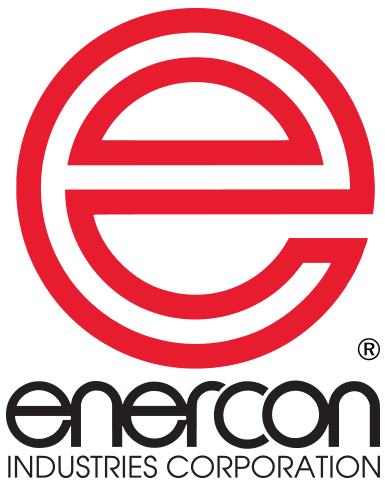Reducing Pack Weight with an Induction Seal
What may surprise even the most experienced packager is that induction seals are being used to reduce pack weight and carbon footprint. The impact of this trend is far reaching and one of the best examples can be found in Europe.
European packagers, in particular, are under extreme pressure to reduce product pack weight and to enable even greater product recyclability. Induction sealing offers a viable solution.
Take, for example, a 500-milliliter PET bottle with PE cap, bore seal and tamper band. Each bottle weighs 17 grams and the cap weighs 2.1 grams. More than 11 billion of these bottles are produced annually in Europe by one company.
Adding an induction seal allows for the bottle’s neck and shoulder areas to be reduced to 16.51 grams and drops the PE cap weight down to 1.8 grams. This simple move yields 3% reductions in: CO2 emissions in production, kilowatt hours energy in production, and carbon foot print. Total those figures up and they equal 330 million bottles.
Capitalize on the hidden benefits of induction seals
The benefits don’t stop there, either. Other pluses include:
- bottle and cap remain recyclable
- foil seal is amortized in the PET saving, so no on-costs are incurred
- bacterial contamination is reduced
- oxidation is reduced
- storage and transit conditions are improved
- shelf life is extended
- tampering is made even more evident; and
- copying risk is reduced.
In one prominent example of pack-weight reduction via induction sealing, segments of the United Kingdom’s dairy industry began using this method in 1992 as a way to eliminate milk-bottle leakage and provide clear evidence of tampering. Sixteen years later, in 2008, the nation’s entire dairy industry—representing a 2.3 billion bottle a year market—utilizes this approach.
For comparison, a 1-liter HDPE milk bottle weighed roughly 34.04 grams in 1992. Today, the same sized bottle weighs 28.37 grams,representing a 20% weight reduction. In 1992, a 38 millimeter PE closure weighed approximately 3.1 grams. Now it weighs just 1.61 grams—a 48% weight reduction.
These benefits certainly could be boasted as part of a company’s sustainability-linked identity in a world that includes increasingly green-friendly consumers and retailers.
So, before enclosing your product, think not only about keeping your product safe and fresh, but consider the opportunities for capitalizing on the benefits of induction seals with your consumers, distribution channel and responsibility to the environment.
And, with new technological breakthroughs for sealing non-round containers and containers without caps, the benefits of induction sealing benefits are available to virtually any container.


